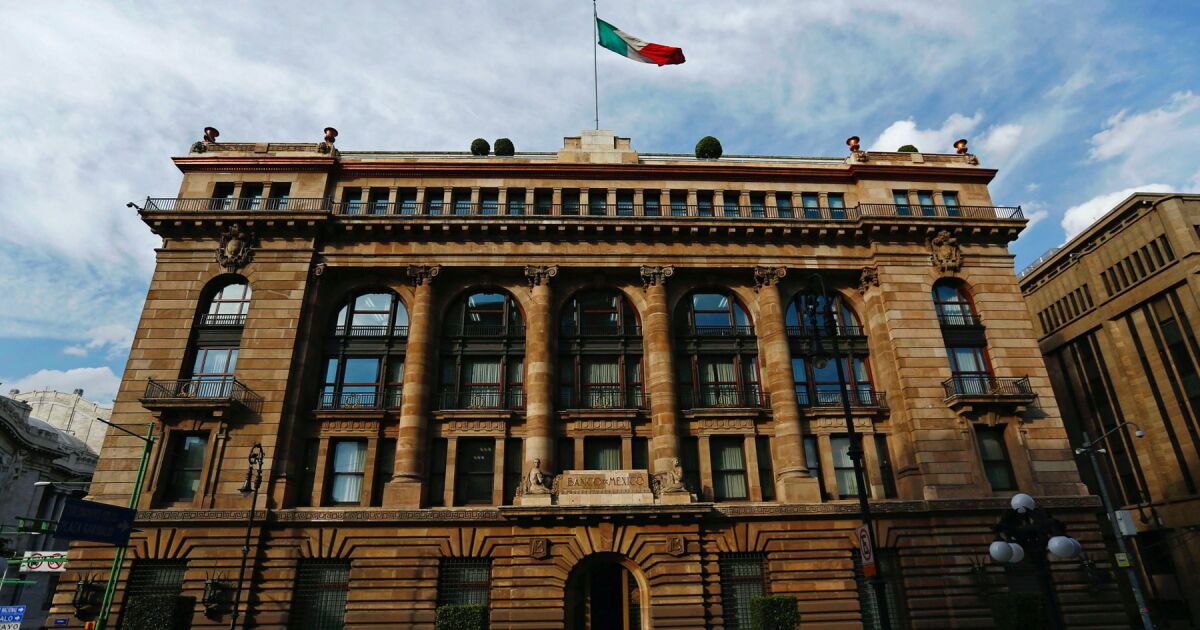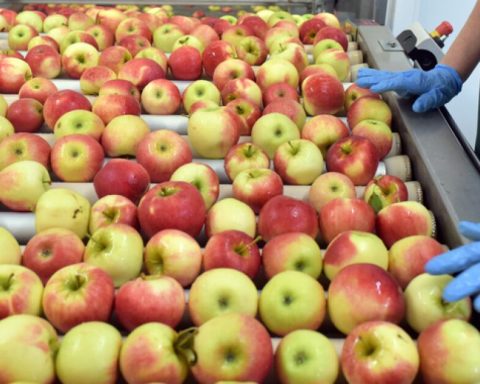“The central bank is announcing that it will continue lowering interest rates in the next meetings. Considering that we could have a rebound in volatility again, depending on the outcome of the elections in the United States, we believe that there is a high probability of that close the year at 10%, but depending on how high the volatility is,” said Alejandro Saldaña, chief economist at Grupo Financiero Ve por Más (Bx+).
Banxico decided on Thursday to cut the reference rate at 10.5% . The members of the Governing Board made the decision in a majority vote.
In it monetary policy announcement Banxico suggests that it will now adopt a cycle of continuous flexibility, although this does not mean that it will be at an accelerated pace, Barclays highlighted.
Analysts will look for some board members to replace the word “gradual” (which implies 25-point cuts) with a term like “forceful” in the minutes, which are published on October 10.
In addition to the elections in the United States and the probability of a new period of volatility, Barclays estimates that fiscal risks in Mexico could also have caused Banxico to show caution in its rate reduction and not replicate the 50 basis point reduction it made last week. passed the Federal Reserve (Fed).
“Following the approval of the judicial reform, attention has shifted to the next year’s budget proposal, particularly in light of possible fiscal pressures from the implementation of AMLO’s reforms,” Barclays highlighted.
Pamela Díaz, chief economist at BNP Paribas, added that another reason why Banxico did not lower the rate by 50 points was because despite the fact that Mexico is in a disinflationary process, the balance of risks remains biased upwards.
“Banxico’s communication was not oriented towards a cut of 50 basis points either, there was no alignment within the Governing Board. From our point of view it is a quite correct decision and consistent with the communication that Banxico had been raising in previous statements” Diaz added.
The economist does not rule out that Banxico may pause in rate cuts, but said that she maintains the position that the Mexican central bank’s cuts will be continuous.
Banxico showed a more lax statement in its September decision regarding a possible slowdown in the Mexican economy which, therefore, will result in less inflation, but concerns remain regarding service inflation.
The economist fears that service inflation will continue to be reluctant and that there will be price contamination in the following months derived from salary increases and the depreciation in the exchange rate that has been experienced since last June.
“The increases we saw previously in non-core inflation, in fresh foods, could have some contamination in food and beverage preparation services or food merchandise. If we do, we could see core inflation stagnating near 4% and this It would then prevent inflation from reaching 3% and stabilizing there in the fourth quarter of 2025 as Banco de México plans,” he added.
















